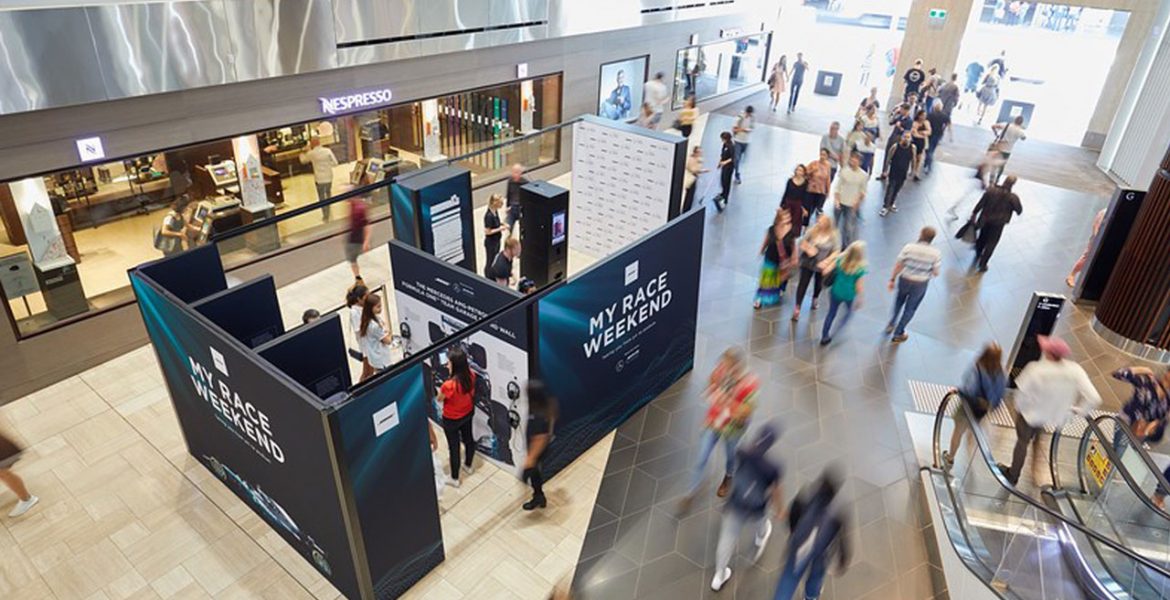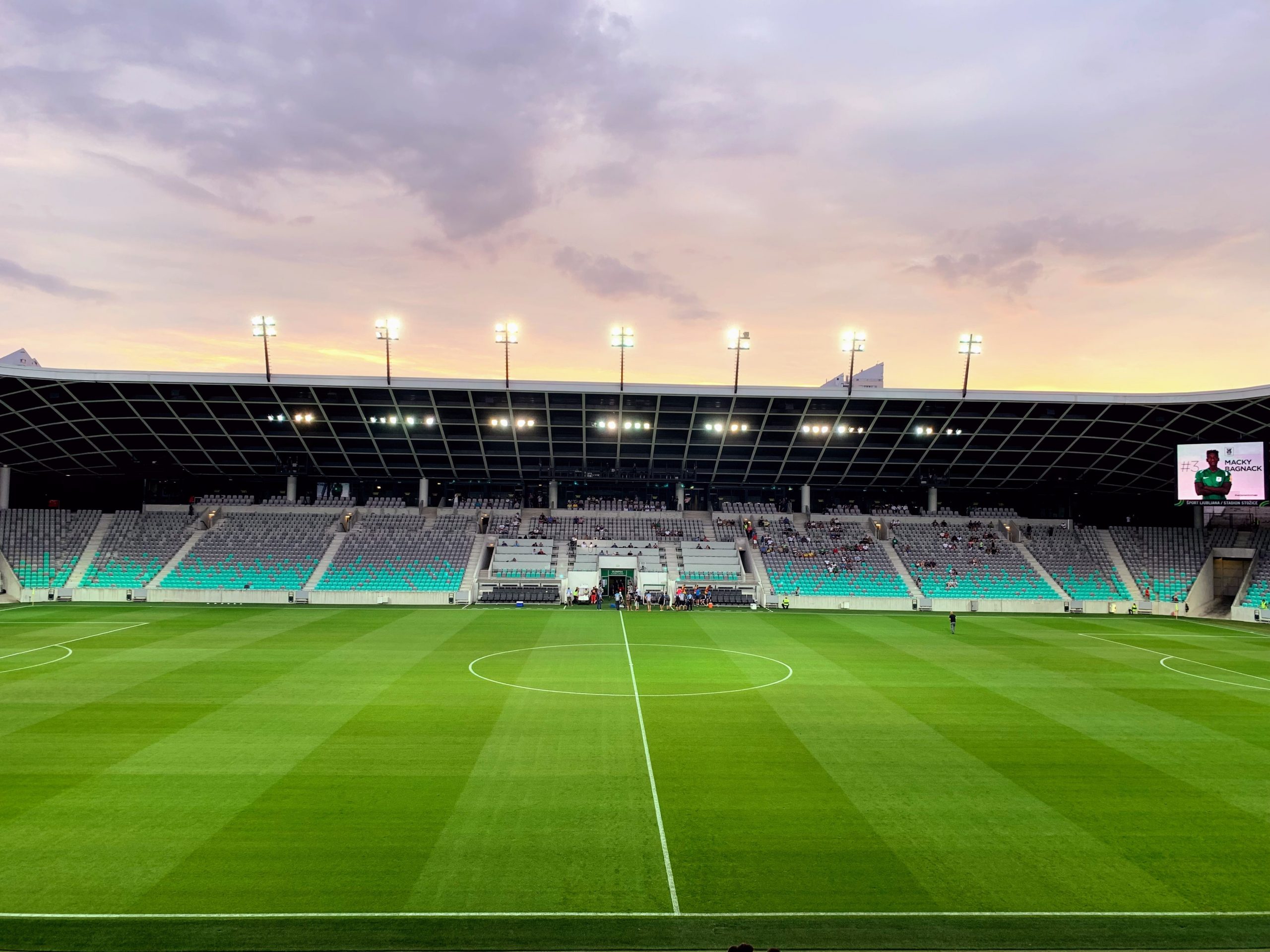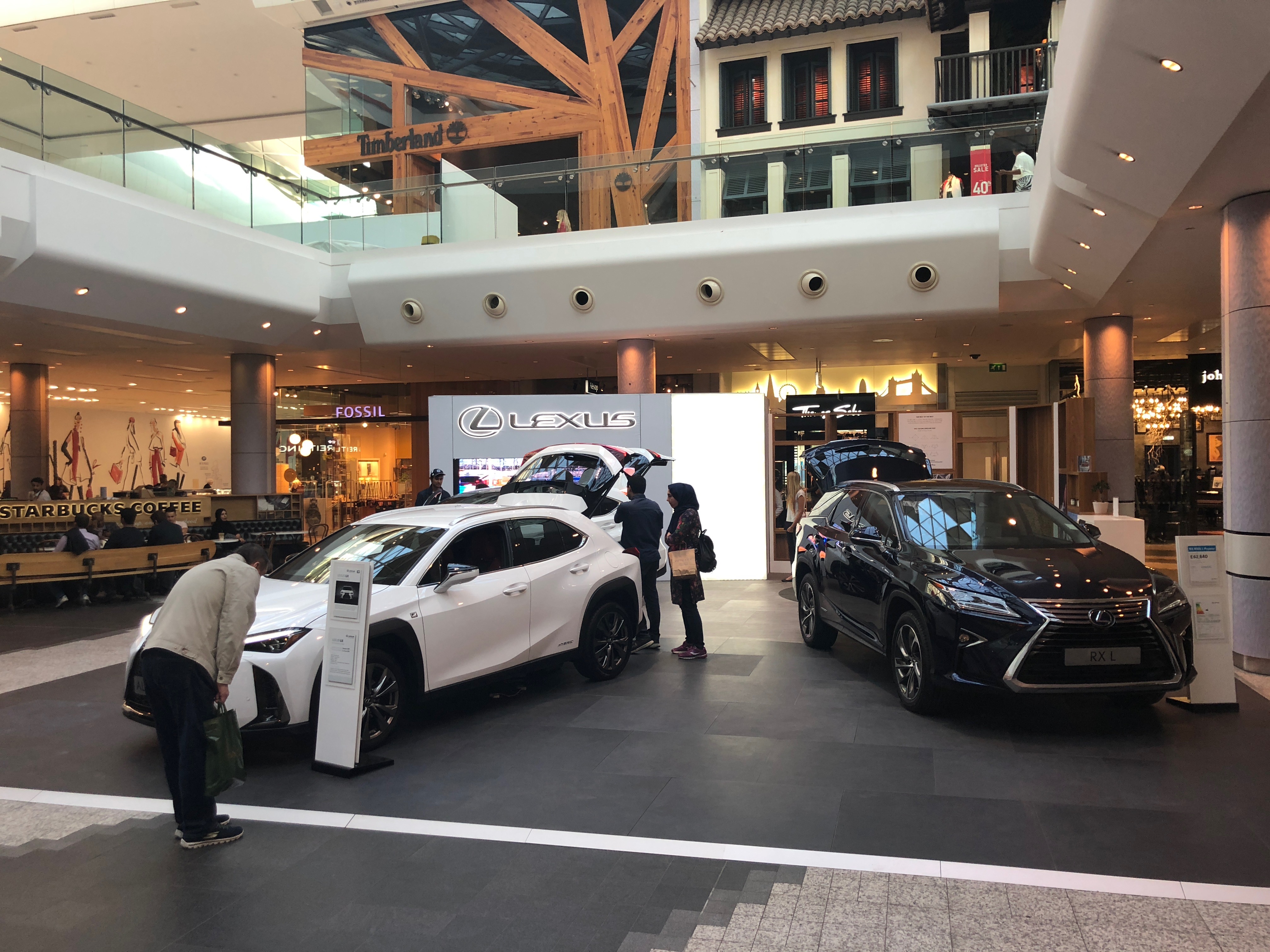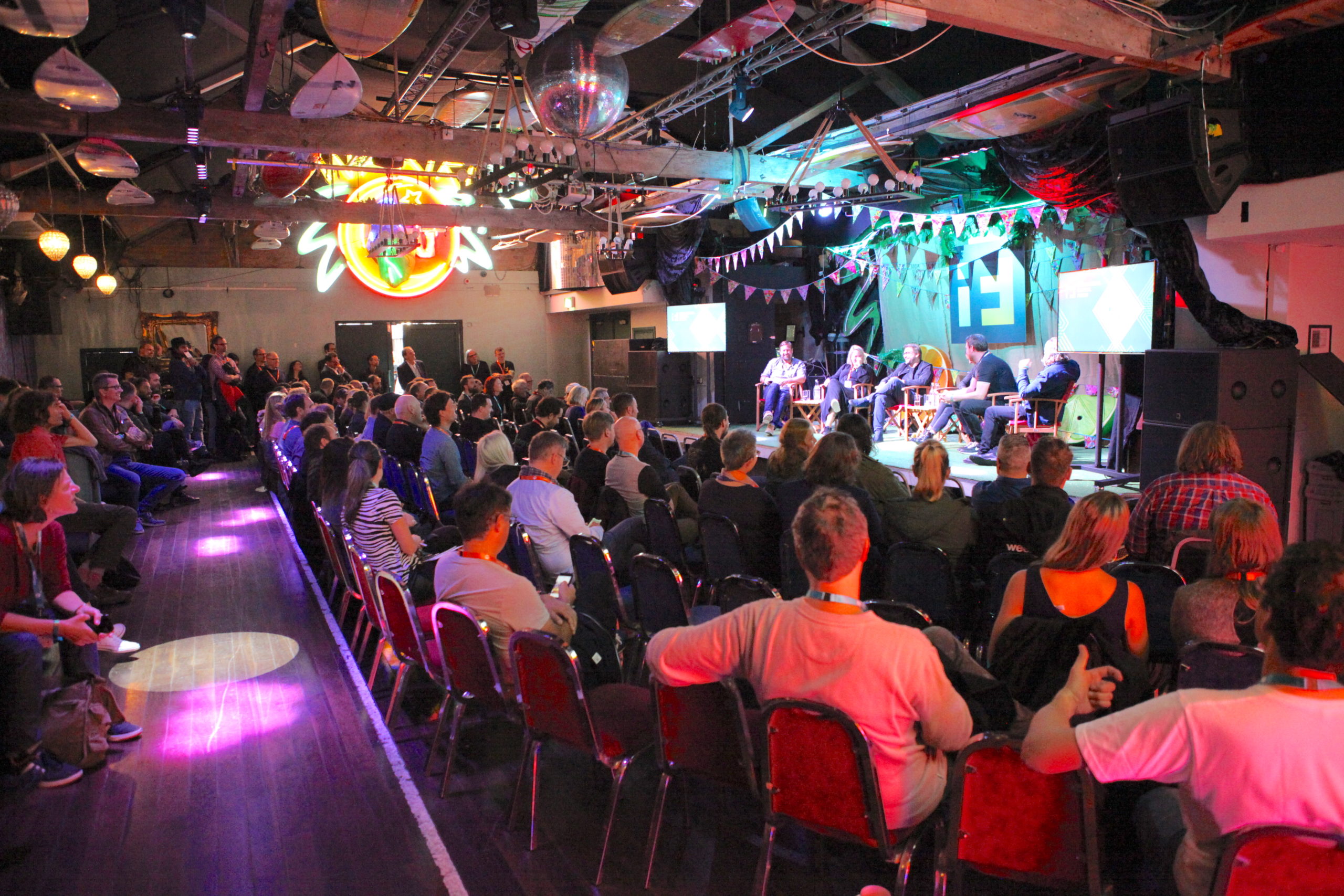Analytics
4 Reasons to Measure Visitor Behaviour at Live Experiences

April 17, 2019.
There’s no denying the popularity of experiential marketing, with brands increasingly allocating budget to activating at live sports events, festivals, shopping malls and various other public spaces. Immersing themselves in these environments enables brands to build human connections with consumers, in ways simply not possible through other marketing channels.
Yet many brands and agencies are still relying on archaic methods such as manual clickers to prove the success of their live experiences.
Fortunately, spatial analytics technology can now deliver a richer insight into visitor engagement.
Here’s four reasons you should consider measuring visitor behaviour at your live events and experiences;
1. Demonstrate value and ROI
Impressions or eyeballs are not a true definition of experiential success. Using time and proximity, spatial analytics technology can add depth to any experience’s measurement strategy.
With instant access to accurate, reliable, granular data for decision-making, brands and agencies alike can justify spend and act on validated insight:
- what % of passers-by stopped and engaged with the activation?
- how long did they spend with the brand?
- how many times did they return?
- when were the peak hours?
- which zone held the greatest appeal?
- how many people seen at the activation went to the retail store?
- how long did it take them to visit?
2. Enable comparisons over time
Engagement metrics help brands understand how much of an impact their presence is having on their ability to attract and convert potential customers.
Comparing performance across different sites, experiences and locations can help with event scheduling and budget allocation, whilst providing benchmarks for different environments.
3. OptimiSation of experiences
Spatial analytics delivers deep insight into how visitors are behaving, enabling the optimisation of live experiences. Through data and insight, experiential marketers can now adjust their space, staffing and schedule to encourage better results.
4. Remove subjectivity
Discreet, easy to deploy footfall sensors can be used to remove human bias and inconsistencies around performance reporting. Measuring live experiences and spaces in this way provides a simple, coherent indication of effectiveness, conversion rates and engagement patterns.
—
For any questions or information about Meshh's spatial analytics technology and how it could benefit your business, please get in touch.
Contact us
Ready to Transform Your Space
"*" indicates required fields


